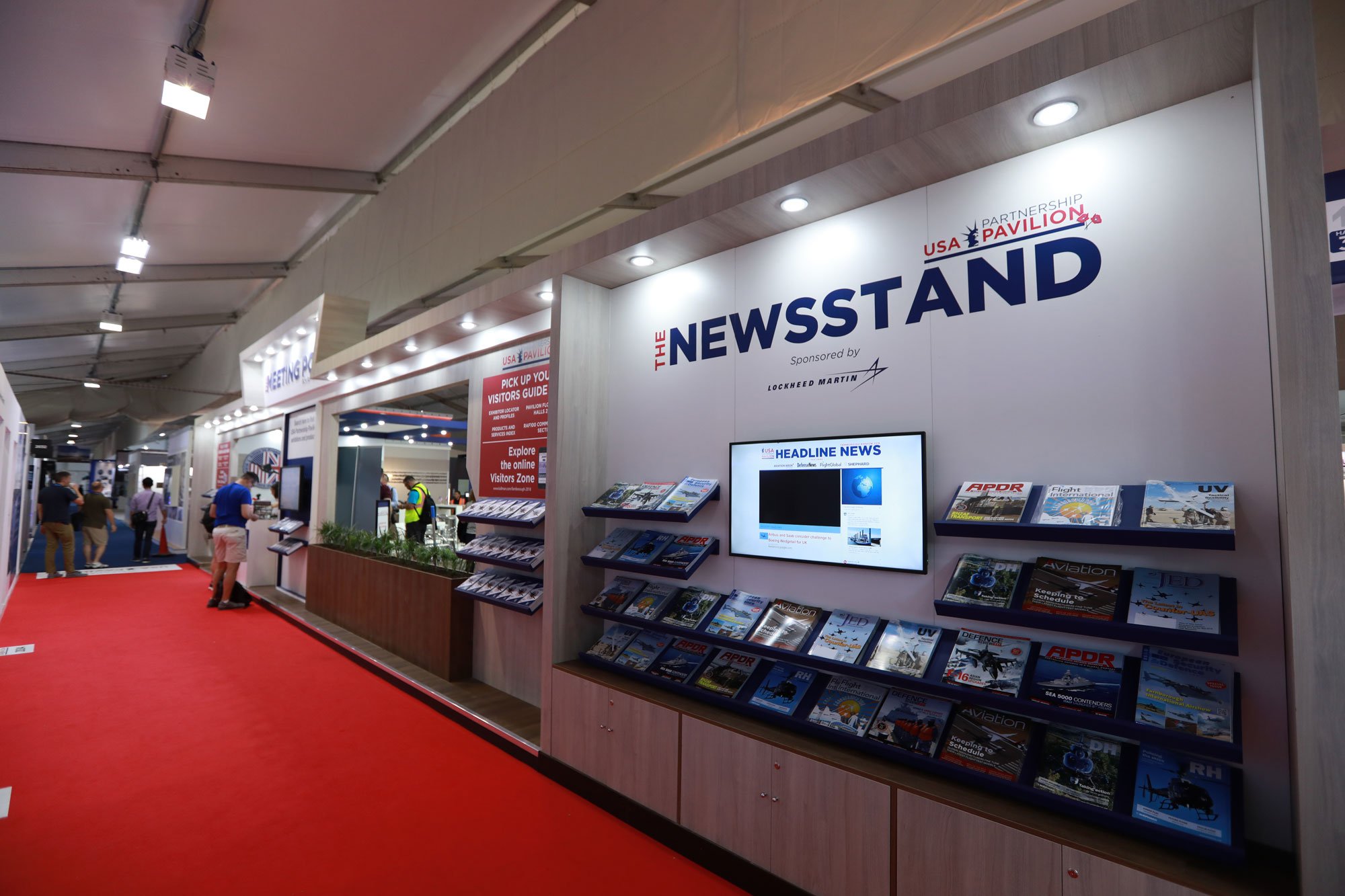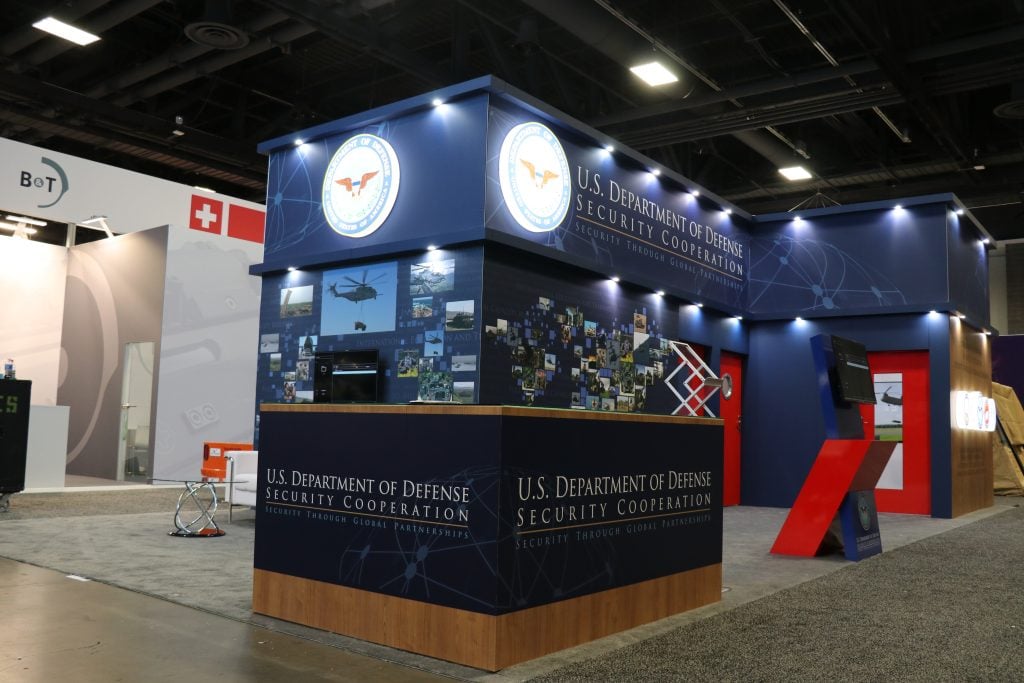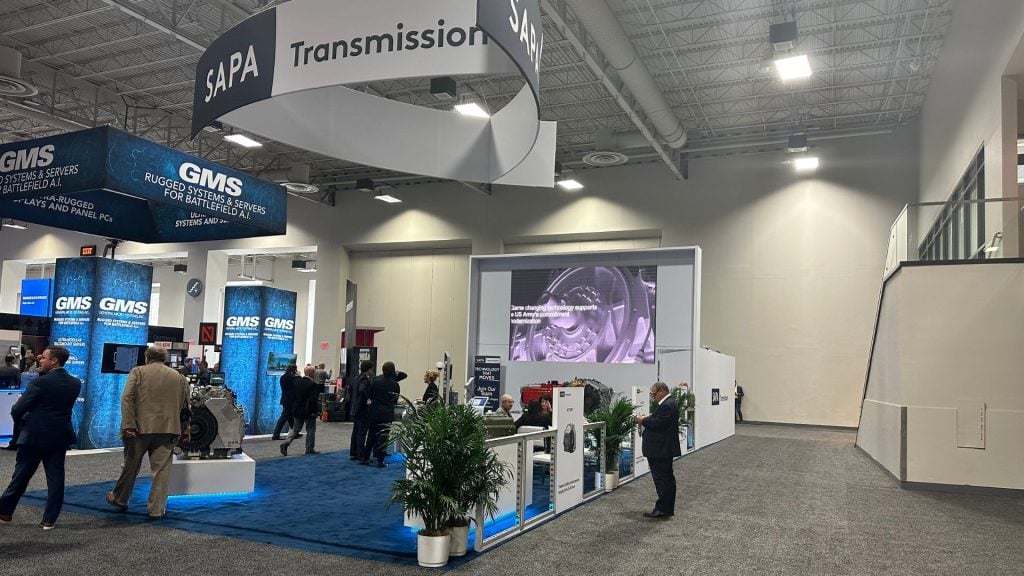
Introduction
Trade shows can be a huge opportunity for brand visibility and lead generation, but they’re also filled with potential pitfalls that can derail your success. To make sure your investment in time, money, and effort pays off, it’s essential to be aware of the common challenges and how to avoid them. Here are expert tips to steer clear of trade show pitfalls and ensure your exhibit shines.
1. Avoid Poor Planning with a Solid Pre-Event Strategy
Failing to plan is the fastest way to encounter trouble at a trade show. You need a clear strategy that covers every aspect of your participation, from booth design to post-show follow-ups.
- Set Clear Goals: Before the event, determine what you want to achieve—whether it’s brand exposure, lead generation, or networking with industry leaders. These goals will guide all your decisions.
- Budget Wisely: Unexpected expenses can quickly add up. Make sure you allocate enough budget for not only the booth and travel costs, but also last-minute changes, shipping, and staff accommodations.
- Check Deadlines: Be mindful of event deadlines for registration, booth setup, and promotional material submission. Missing these can lead to fines or less-than-ideal booth placements.
2. Don’t Skimp on Booth Design
One of the biggest pitfalls is showing up with a lackluster booth that fails to attract attention. Your booth design is your first impression—make it count.
- Invest in Eye-Catching Design: Work with professionals to create a booth that reflects your brand and draws people in. Consider elements like lighting, signage, and interactive displays to enhance visual appeal.
- Interactive Elements: Keep visitors engaged with touchscreens, live demonstrations, or product samples. Interactive booths generate higher engagement and leave lasting impressions.
- Modular Designs: Opt for flexible modular booths that can be easily adapted to different spaces or last-minute changes in configuration.
3. Avoid Overselling—Focus on Engagement
It’s tempting to push hard for sales during a trade show, but aggressive sales tactics can turn potential leads away. Instead, focus on genuine engagement and building relationships.
- Listen Before Pitching: Understand attendees’ pain points before diving into your pitch. Tailor your message to meet their needs and show how your product or service solves their problems.
- Train Your Team: Your booth staff should be well-trained to not only promote your product but also to engage attendees in meaningful conversations. Enthusiastic and knowledgeable staff are one of your biggest assets.
- Capture Leads Thoughtfully: Instead of asking for a quick business card exchange, engage in deeper conversations and capture leads by offering value—such as a free resource or a personalized follow-up.
4. Don’t Ignore Post-Event Follow-Up
Many companies fall into the trap of packing up and forgetting about the show after it ends. However, the real value of a trade show often lies in the follow-up.
- Timely Communication: Reach out to leads within a week of the event while your conversation is still fresh in their minds. Personalize your communication based on your discussions at the show.
- Prioritize Hot Leads: Not all leads are created equal. Focus your post-show efforts on the highest-quality leads—those who showed genuine interest in your products or services.
- Track ROI: Analyze the outcomes of your trade show participation—how many leads were converted, the total sales generated, and the overall brand exposure. Use this data to refine your strategy for future events.
5. Avoid Technical Glitches
Nothing kills the energy of a trade show booth like malfunctioning technology. Ensure all tech tools—from monitors to product demos—are fully operational before the event.
- Test Equipment: Run a full test of all technical equipment before the show starts. Make sure your screens, presentations, and internet connections work smoothly.
- Have a Backup Plan: Bring backup devices like extra chargers, adapters, or laptops to handle any unforeseen issues. Being prepared for technical glitches can save your team from unnecessary stress.
- On-Site Support: If possible, have tech support on hand during the event. Whether it’s someone from your team or a service provided by the venue, quick problem-solving will ensure your booth runs seamlessly.
6. Don’t Let Logistics Fail You
Getting your booth and materials to the venue on time and in good condition is crucial. Failure to handle logistics properly can lead to booth delays or missing materials.
- Hire Reliable Shipping Partners: Work with logistics providers who specialize in trade show shipping. They understand the specific needs and time-sensitive nature of the industry.
- Double-Check Venue Rules: Make sure to review the venue’s requirements for deliveries, storage, and setup. Some venues have strict policies about what can be delivered when and how materials are handled.
- Plan for Setbacks: Allow extra time for shipping and booth setup. Delays can happen, but if you’ve built in a buffer, you can handle them without panic.
Conclusion: Turning Pitfalls into Opportunities
Trade shows can be unpredictable, but by avoiding these common pitfalls, you can turn challenges into opportunities for success. With the right planning, engaging booth design, effective lead management, and follow-through, you’ll not only dodge potential downfalls but also ensure your brand shines at every event.


 Global
Global Europe
Europe

